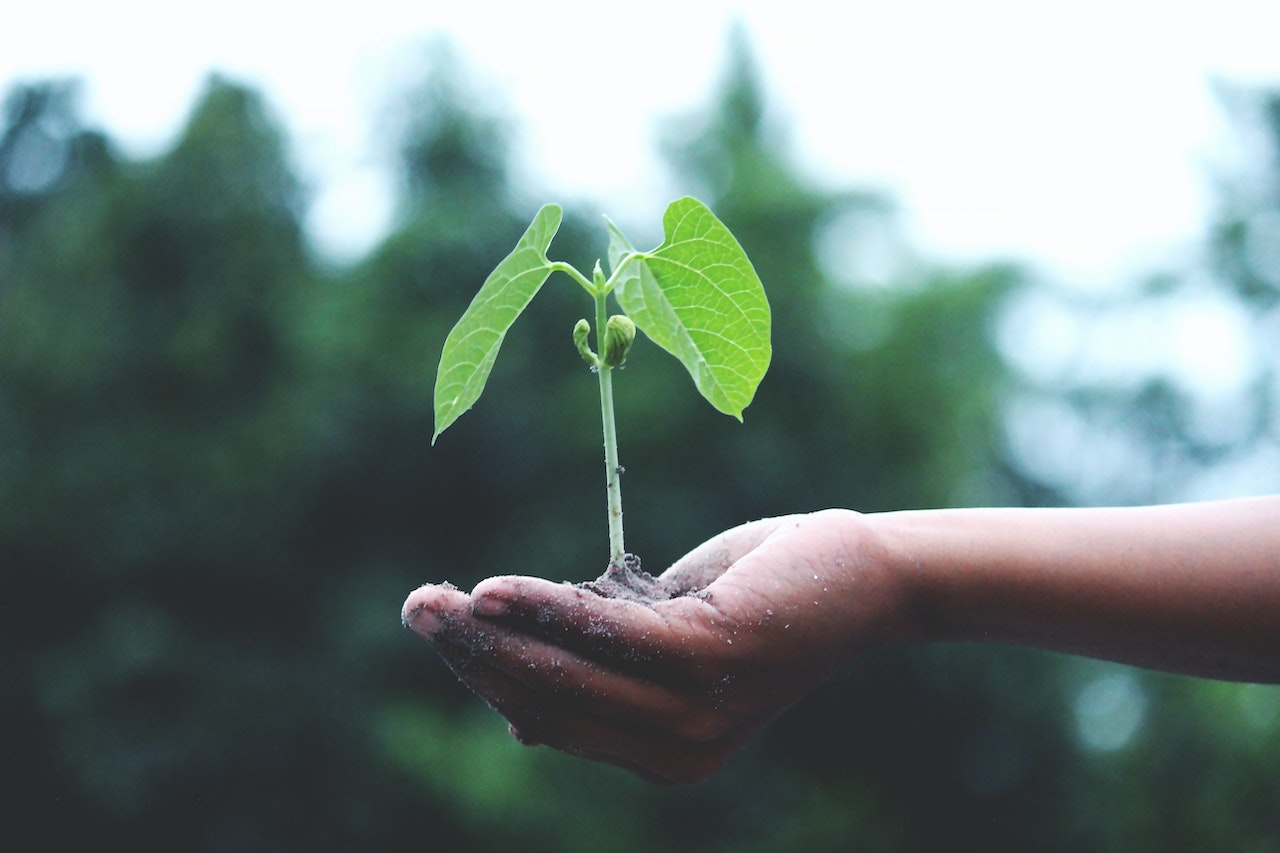This post was originally published on Sustainability Matters

Work has begun on a new stormwater pump station behind the levee at Murwillumbah (Brothers) Leagues Club.
The $1.626 million flood mitigation project is one of several being delivered in the Tweed Local Government Area as part of the Australian Government-funded Northern Rivers Recovery and Resilience Program (NRRRP) following the devastating floods of February and March 2022.
It is being undertaken by Tweed Shire Council in partnership with the National Emergency Management Agency (NEMA), the Reconstruction Authority (RA) and the NSW Department of Climate Change, Energy, the Environment and Water (DCCEEW).
“This stormwater pump station was a vital component of Council’s flood mitigation strategy for Murwillumbah and aims to reduce the impact of stormwater flooding in the area,” said Tweed Shire Council Mayor Chris Cherry.
“The pump station will not eliminate all flooding but it will reduce the frequency and magnitude of nuisance flooding due to storm events. While we can’t stop flooding from occurring, the pumps will significantly improve drainage of the area following a rain event, helping to reduce the impact of flooding on local residents and Brothers Leagues Club in the future.”
Construction of the pump station started in early May and is expected to take about three months to complete, weather permitting. Two new pumps will be installed, standing approximately two metres tall. Combined, they will be able to move almost 1000 litres of stormwater per second at full speed — the equivalent of filling up over six bathtubs of water per second.
“This project is an excellent example of how government funding can support communities in undertaking necessary steps to improve flood protection following the devastating 2022 flood events,” said Member for Richmond Justine Elliot.
“The NRRRP is delivering real projects in the Tweed which are local priorities and will ensure communities like Murwillumbah are in a better position to recover from future severe weather events.”
Under the NRRRP, $6.67 million has been awarded for several other projects supported by an additional $2 million from the RA.
These projects are:
- Wharf Street pump station upgrade
- Lavender Creek pump station upgrade
- New pump system within east Murwillumbah levee
- Detailed evacuation procedures
- Alma Street modification
- Earthworks across Lot 4 on Quarry Road and modification of Condong Creek.
Image caption: State Member for Lismore and NSW Parliamentary Secretary for Disaster Recovery Janelle Saffin MP with, from left, Murwillumbah (Brothers) Leagues Club representative Dave Orr, Tweed Shire Mayor Cr Chris Cherry, Federal Member for Richmond Justine Elliot MP and Brothers’ Glenn Weaver inspecting construction of the new pump station.





0 Comments